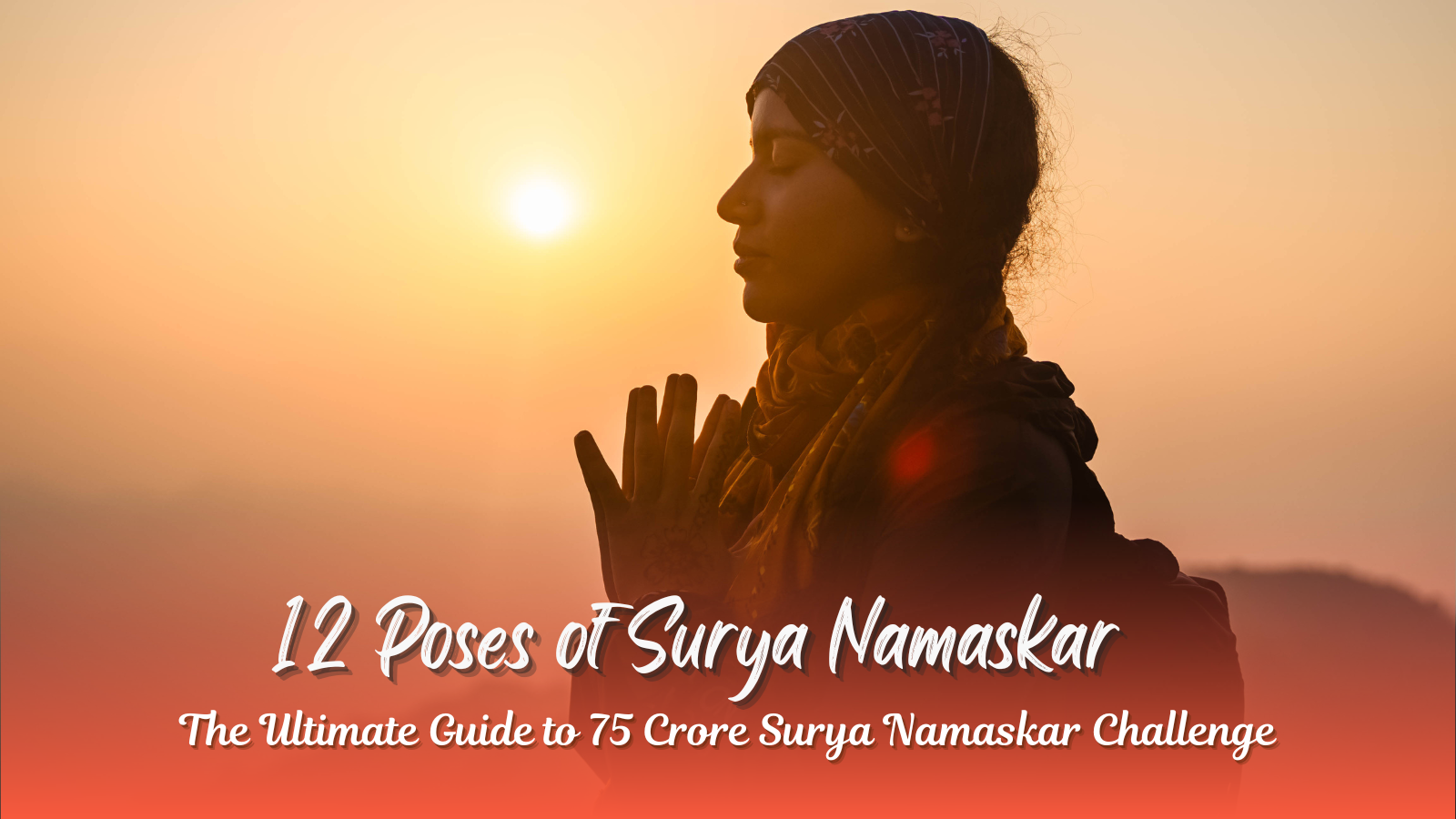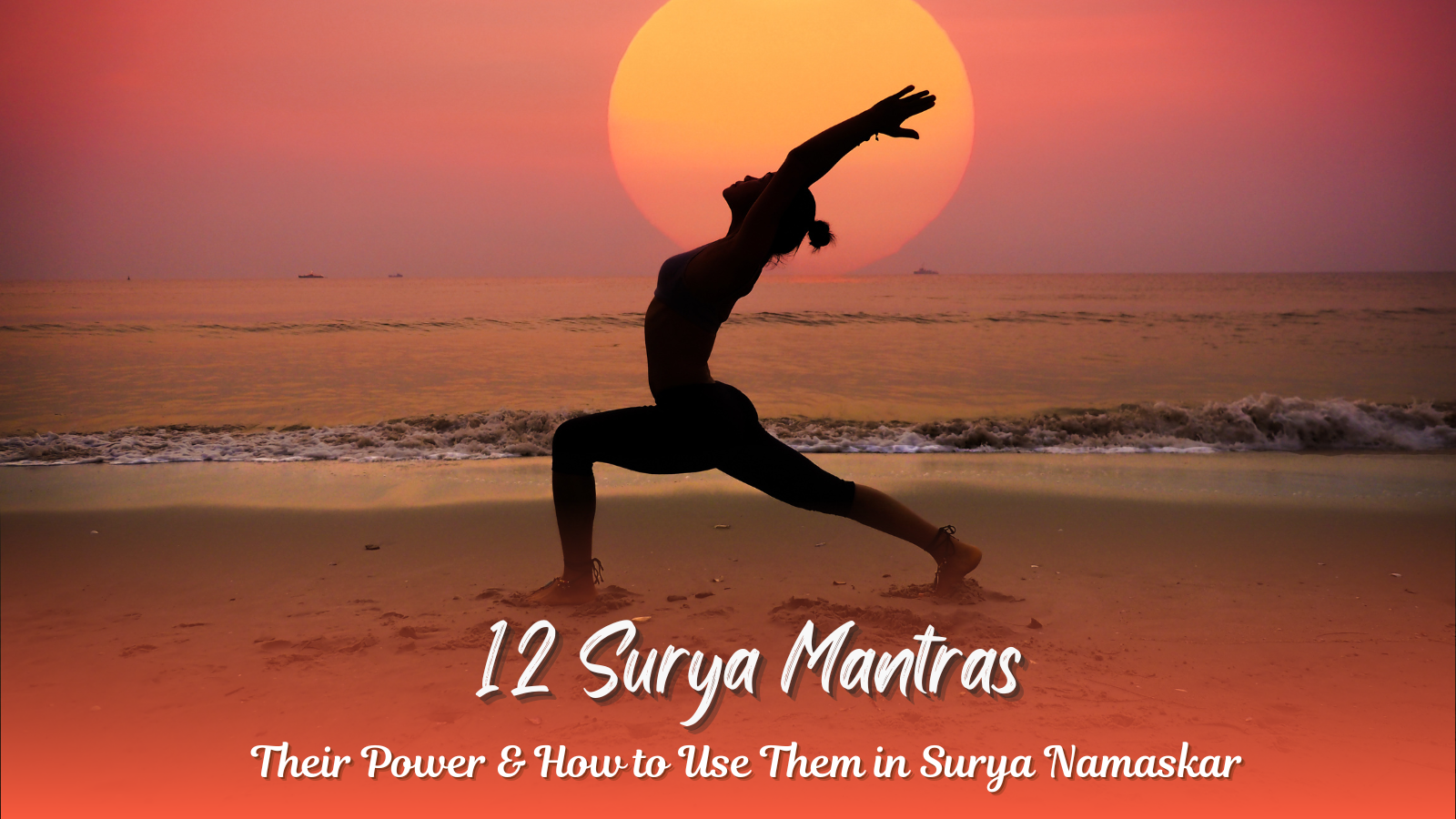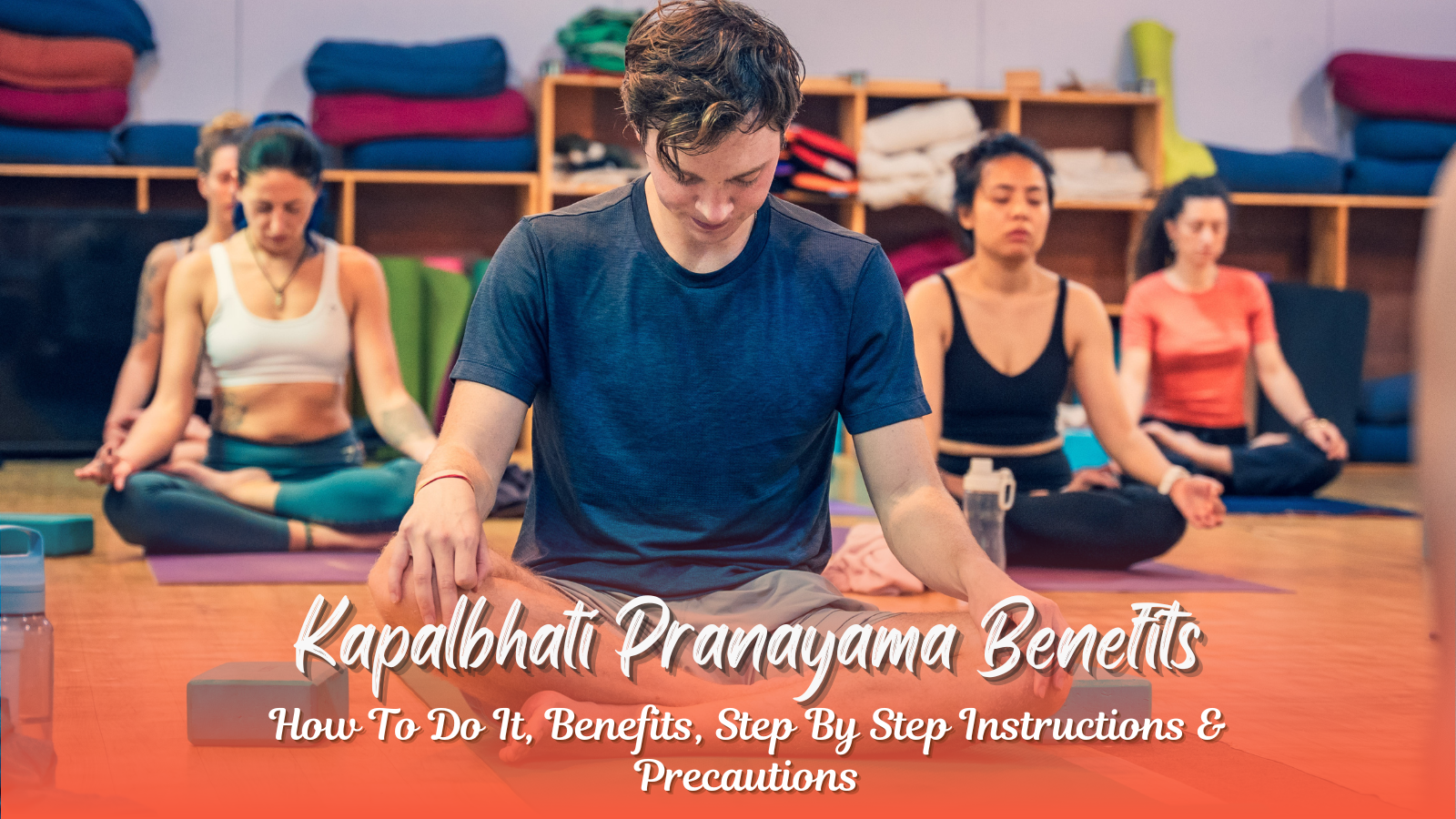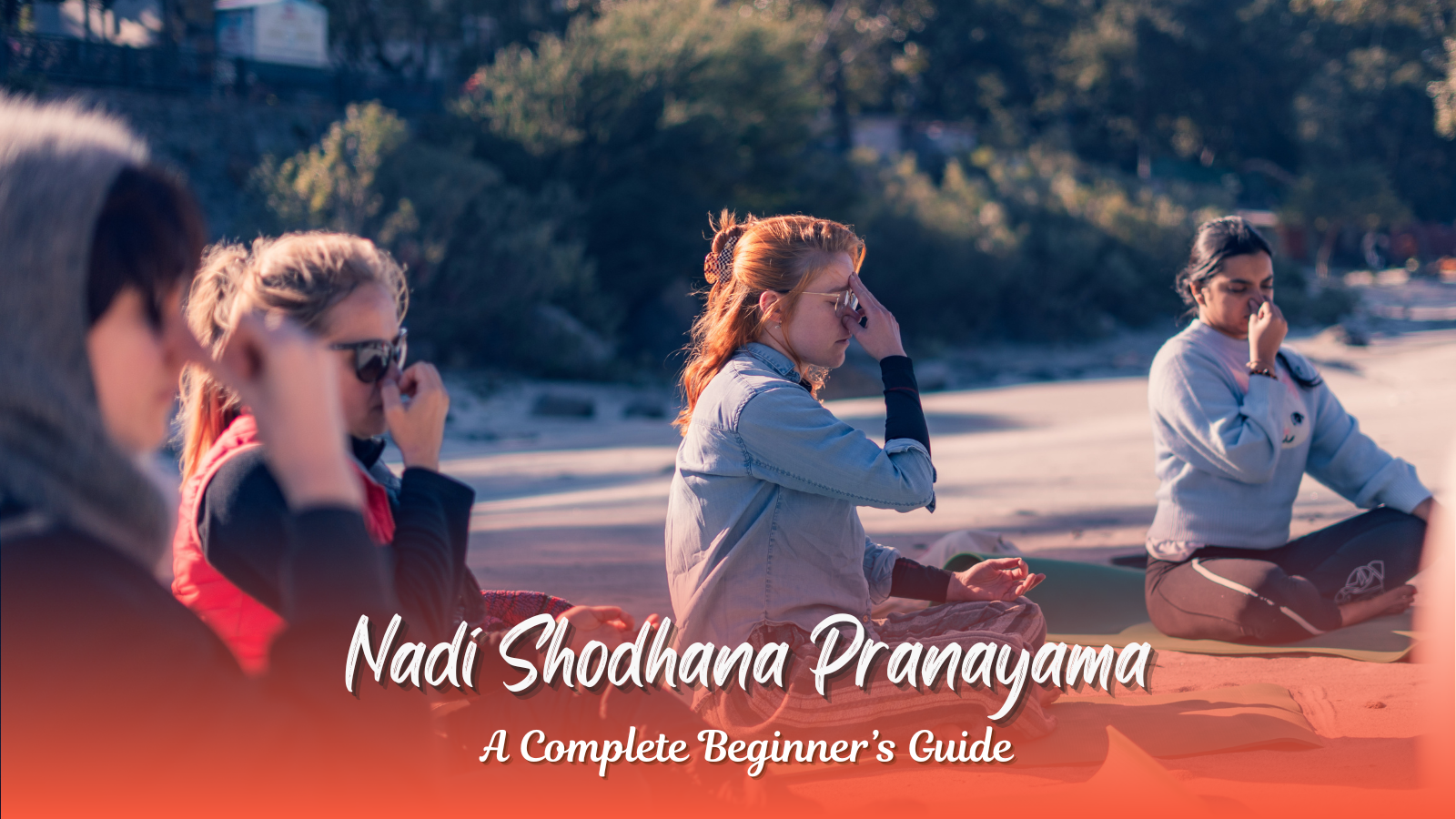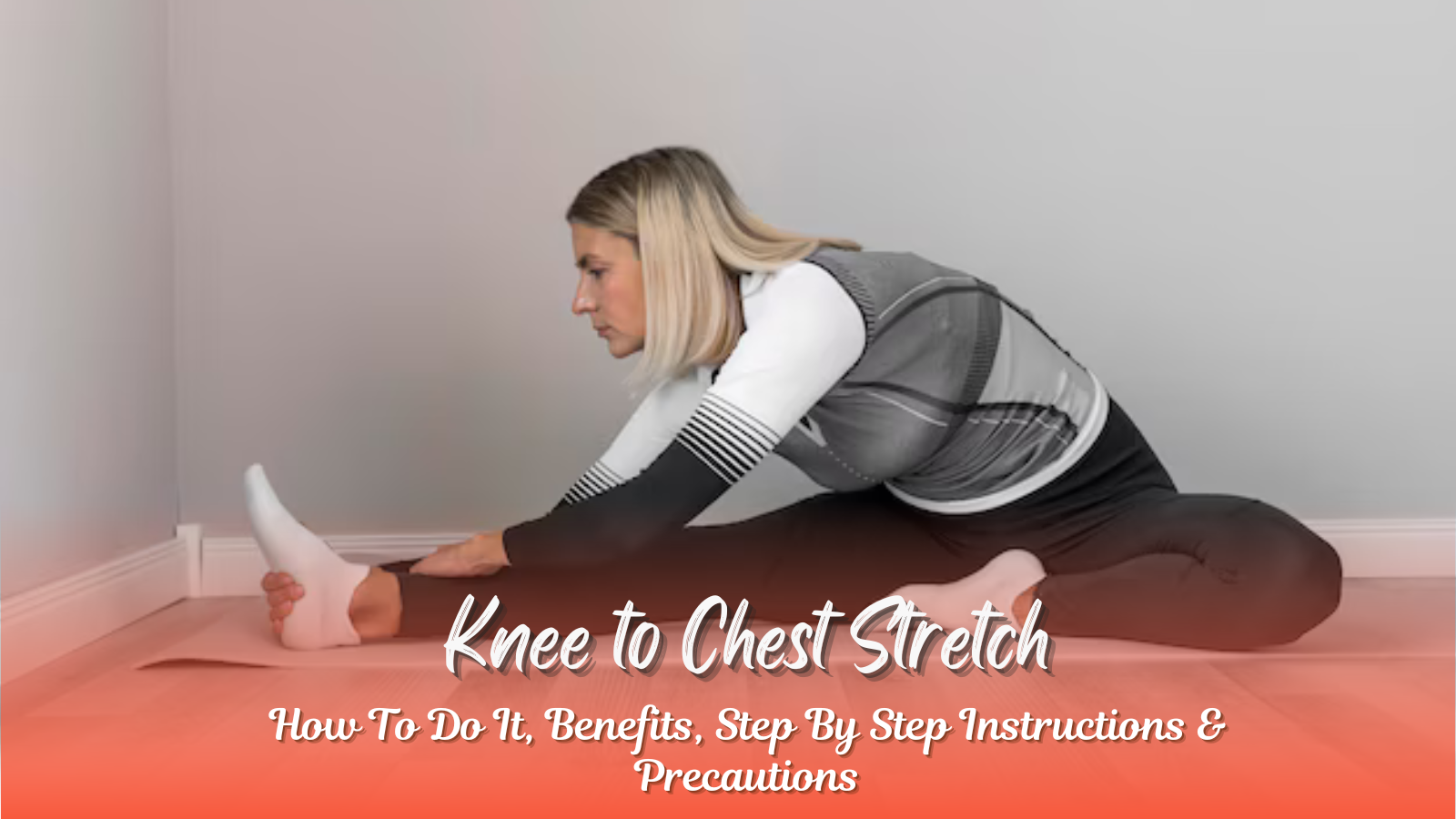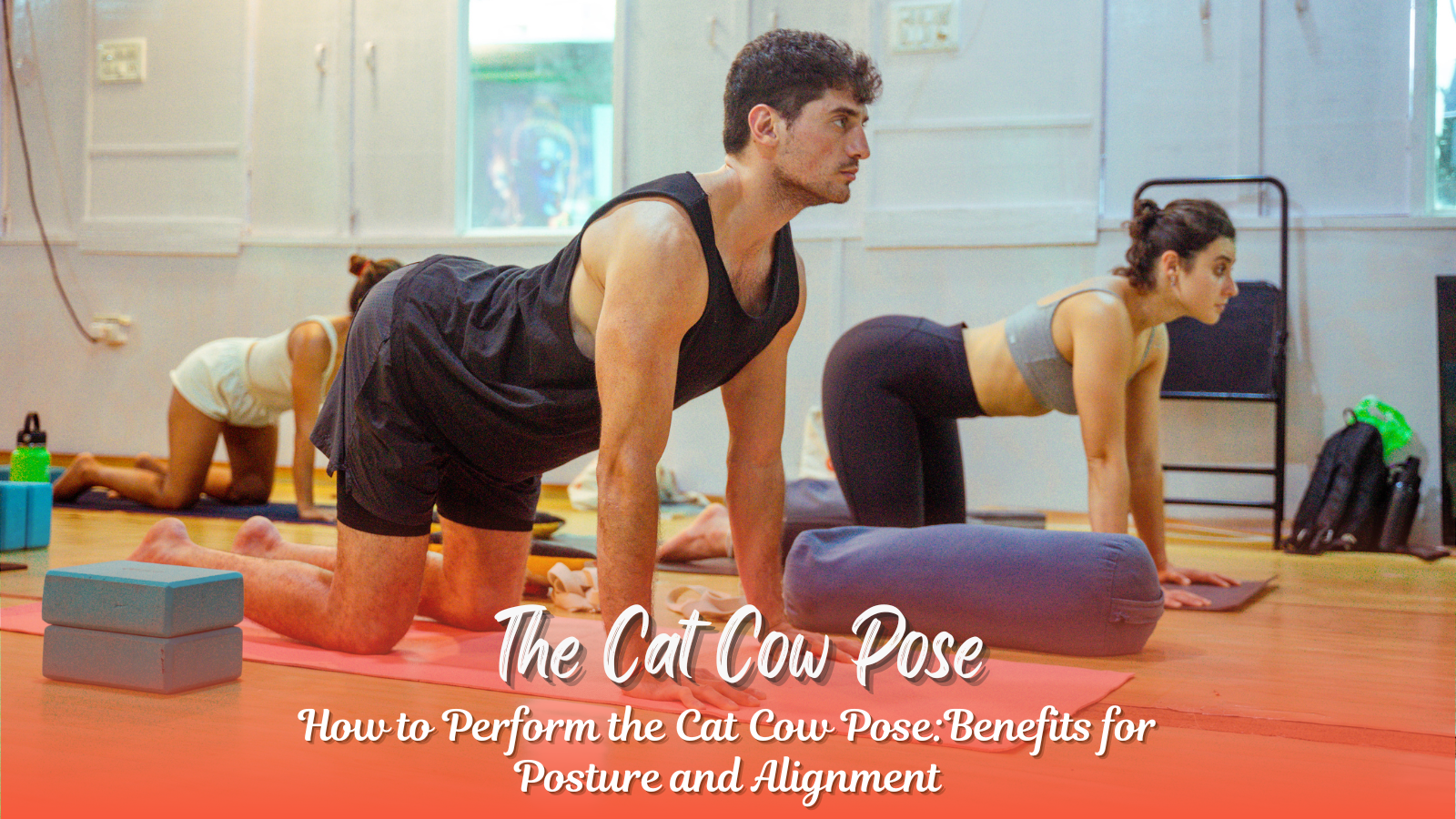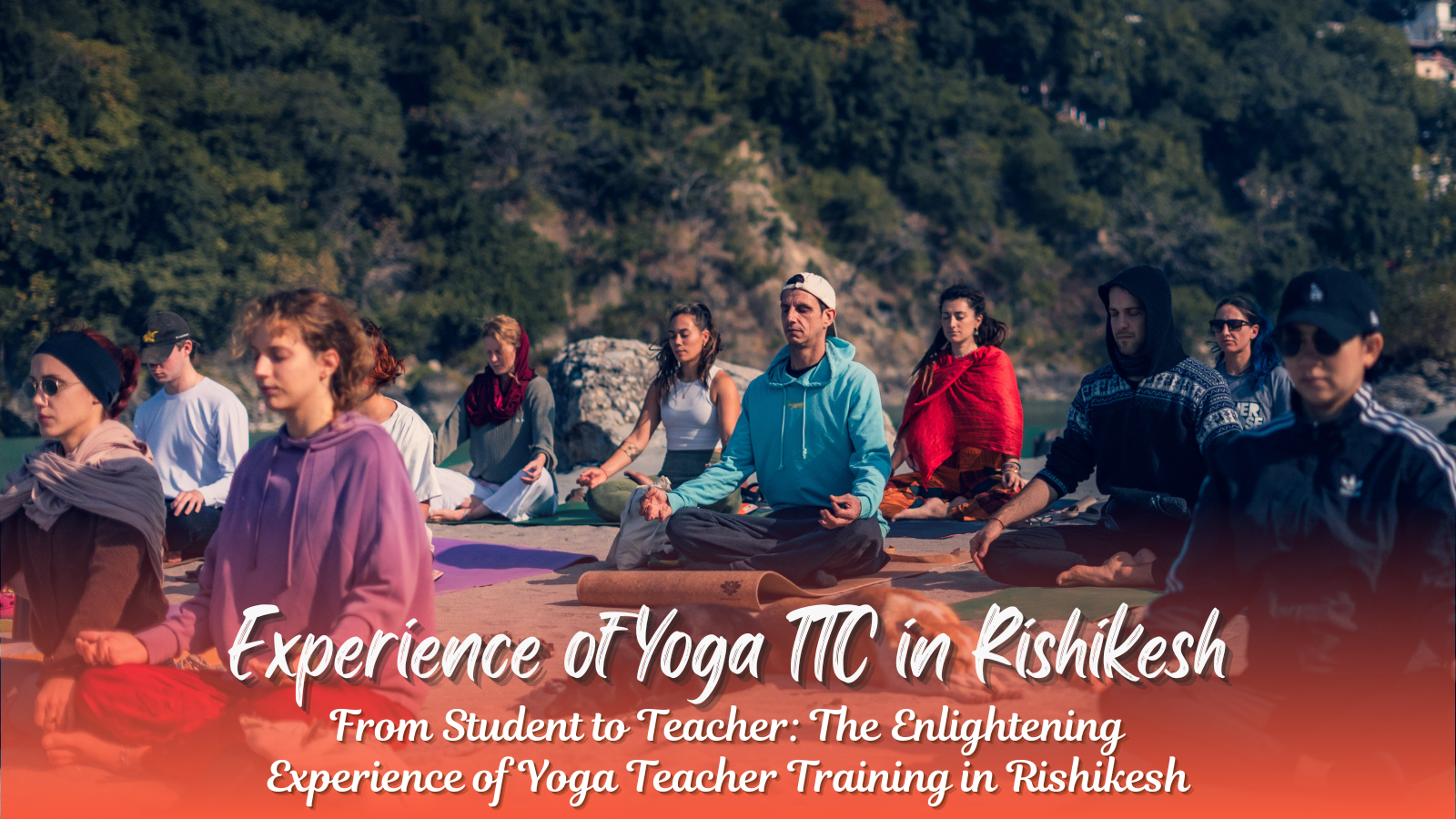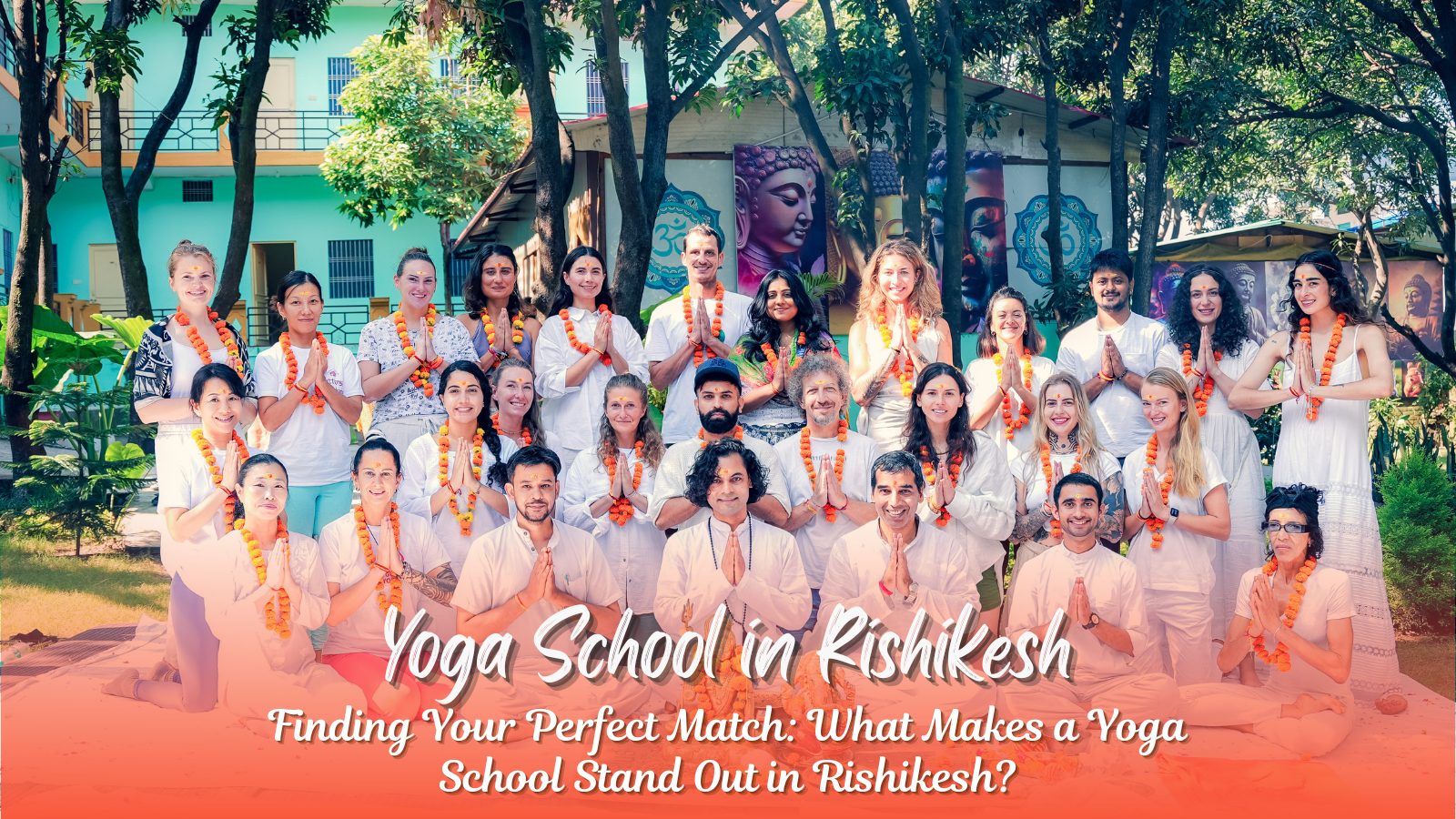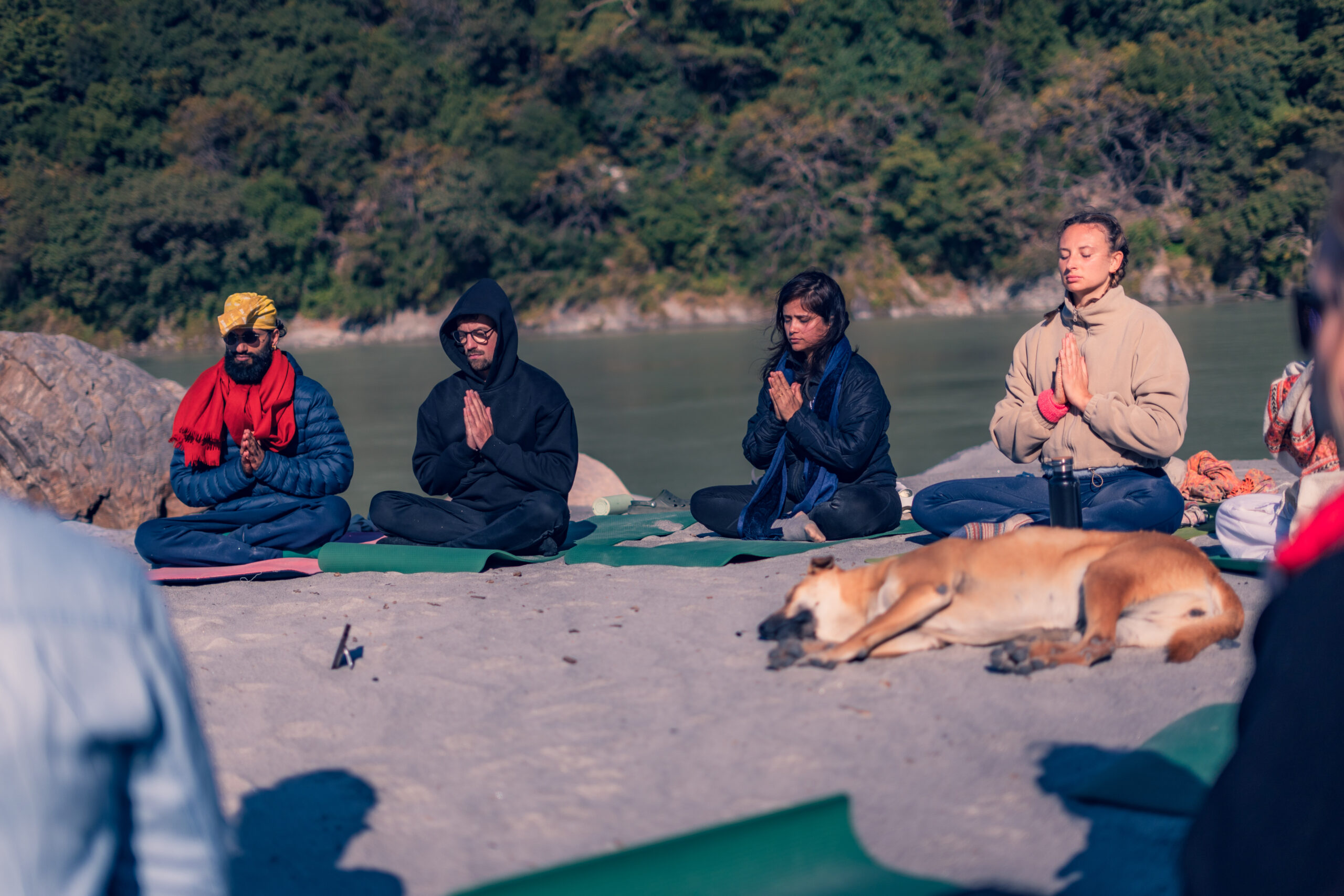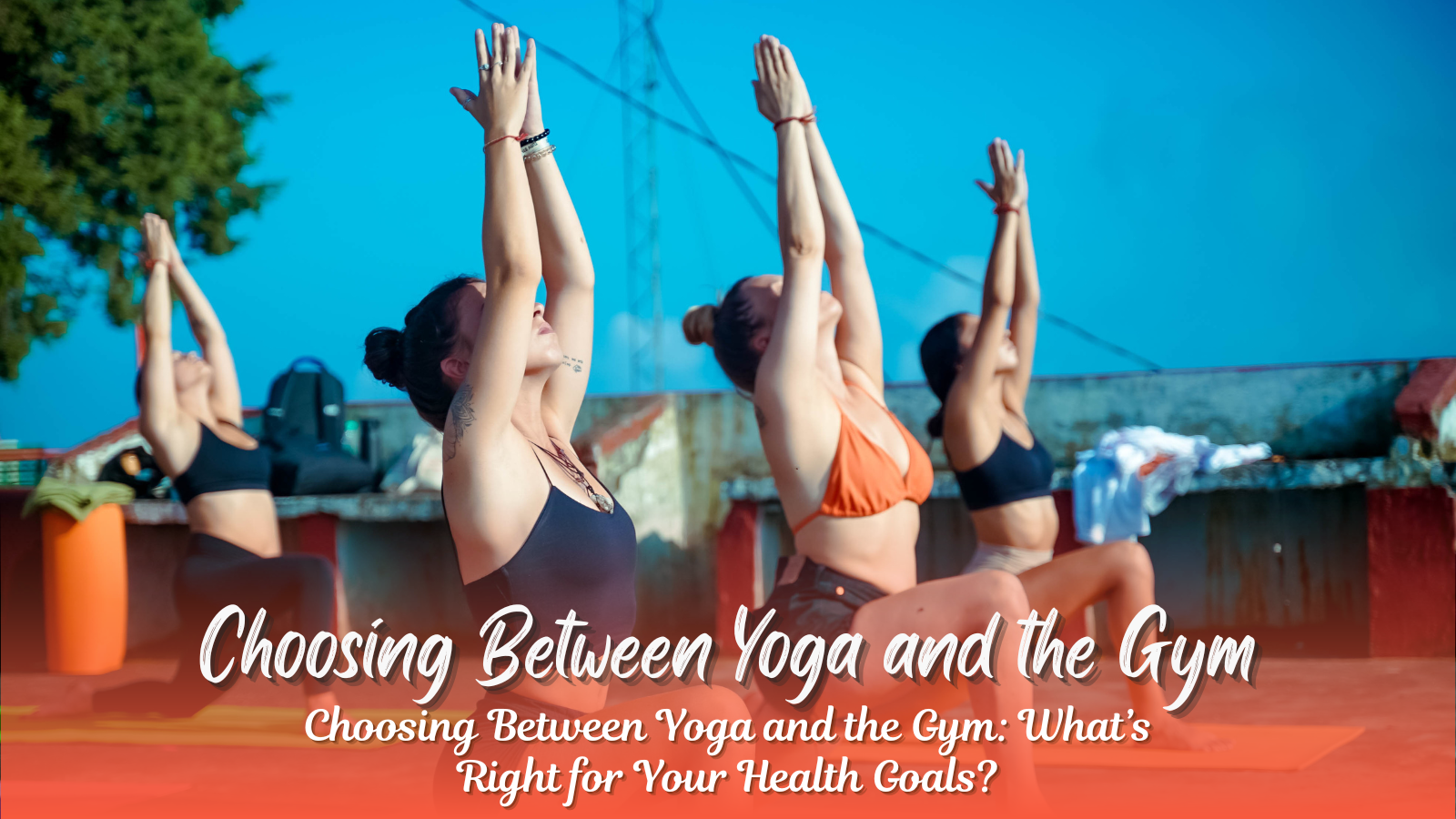12 Poses of Surya Namaskar: Surya Namaskar Steps and Benefits
The 12 poses of Surya Namaskar, also called Surya Namaskara, are a sequence of standing yoga asanas that serve as a complete body workout while offering numerous spiritual benefits. Rooted in ancient Vedic traditions, Surya Namaskar is a way to honor the Sun God (Surya) and align the body with the natural energy flow. This 75 Crore Surya Namaskar Challenge has encouraged millions to embrace this age-old practice.
If you’re looking to understand what are the 12 asanas of Surya Namaskar, 12 mantras of Surya Namaskar, and how they benefit your body, this guide is for you!
What Is Surya Namaskar?
Surya Namaskar, or Sun Salutation, is a dynamic yoga practice that involves 12 poses of Surya Namaskar performed in a rhythmic flow. It integrates:
Asana Yoga Poses – Improve strength, flexibility, and posture.
Pranayama – Control breath for better focus and energy.
Mantras in Surya Namaskar – Recite sacred chants for spiritual harmony.
Meditation – Enhance mindfulness and inner peace.
Each Surya Asana stimulates different organs and muscles, promoting overall well-being. The 12 Surya Namaskar poses work as a full-body exercise, making it a staple in many yoga traditions.
Benefits of Surya Namaskar:
- Strengthens the back and balances metabolism.
- Stimulates and balances all bodily systems (reproductive, circulatory, respiratory, digestive).
- Benefits growing children by influencing endocrine glands.
- Improves mental clarity by increasing oxygenated blood flow to the brain.
Best Time to Practice Surya Namaskar:
The ideal time for Surya Namaskar is at sunrise or sunset. Practice in the open air facing the rising sun if possible. It can be done anytime on an empty stomach.
Awareness:
Before starting, stand with feet together or slightly apart, arms at your sides. Close your eyes, become aware of your body, and balance your weight. Feel gravity pulling you down and the earth’s energy surging upwards. Relax your body mentally, starting from the head down. Finally, focus on your heart or eyebrow center, visualizing the sun’s rays infusing your being.
12 Poses of Surya Namaskar and Their Steps
Here’s a step-by-step Surya Namaskar guide with asana names, poses, and benefits
Pranamasana (Prayer Pose)
- Stand straight, feet together, palms in Namaste position.
- Keep your back straight and shoulders relaxed.
- Mantra: Om Mitraya Namaha
- Benefits: Enhances concentration, improves posture, and cultivates mindfulness.
2. Hasta Uttanasana (Raised Arms Pose)
- Inhale, stretch your arms overhead, and gently arch your back.
- Mantra: Om Ravaye Namaha
- Benefits: Expands the chest, improves lung capacity, and stretches the spine.
3. Padahastasana (Hand-to-Foot Pose)
- Exhale, bend forward, and touch your toes while keeping knees straight.
- Mantra: Om Suryaya Namaha
- Benefits: Strengthens hamstrings, improves digestion, and increases flexibility.
4. Ashwa Sanchalanasana (Equestrian Pose)
- Inhale, stretch your right leg back, left knee bent, gaze forward.
- Mantra: Om Bhanave Namaha
- Benefits: Strengthens legs, opens the hips, and improves balance.
5. Parvatasana (Mountain Pose)
- Exhale, step back into an inverted ‘V’ shape, keeping heels on the ground.
- Mantra: Om Khagaya Namaha
- Benefits: Strengthens arms and legs, enhances circulation.
6. Ashtanga Namaskara (Salute with Eight Parts)
- Lower your chest, knees, and chin to the mat, keeping hips elevated.
- Mantra: Om Pushne Namaha
- Benefits: Improves posture, strengthens arms and back muscles.
7. Bhujangasana (Cobra Pose)
- Inhale, lift the chest, arch the spine, and look upward.
- Mantra: Om Hiranya Garbhaya Namaha
- Benefits: Enhances spinal flexibility, stimulates digestion, relieves stress.
8. Parvatasana (Mountain Pose – Repeat Step 5)
- Exhale, return to the inverted ‘V’ shape.
- Mantra: Om Marichaye Namaha
9. Ashwa Sanchalanasana (Equestrian Pose – Repeat Step 4, Switching Legs)
- Inhale, bring the left foot forward.
- Mantra: Om Adityaya Namaha
10. Padahastasana (Hand-to-Foot Pose – Repeat Step 3)
- Exhale, bend forward.
- Mantra: Om Savitre Namaha
11. Hasta Uttanasana (Raised Arms Pose – Repeat Step 2)
- Inhale, lift arms back.
- Mantra: Om Arkoya Namaha
12. Pranamasana (Prayer Pose – Repeat Step 1)
- Exhale, bring palms together.
- Mantra: Om Bhaskaraya Namaha
Each Surya Namaskar cycle consists of two rounds, switching leg movements in Ashwa Sanchalanasana.
Beeja Mantras:
Alternatively, six beeja mantras (seed syllables) can be used. These don’t have literal meanings but create powerful vibrations. They are repeated four times in a complete round:
- Om Hraam
- Om Hreem
- Om Hroom
- Om Hraim
- Om Hraum
- Om Hrah
Beeja mantras are used when Surya Namaskar is done quickly, or to deepen the practice.
Surya Namaskar Steps and Benefits
The benefits of Surya Namaskar are numerous, affecting both physical and mental well-being. Regular practice of these Surya Namaskar asanas can lead to:
Physical Benefits of Surya Namaskar
✅ Improves posture and flexibility.
✅ Enhances lung capacity and cardiovascular health.
✅ Strengthens muscles, bones, and joints.
✅ Aids weight loss (Yes! Does Surya Namaskar reduce belly fat? Absolutely!).
✅ Boosts metabolism and digestion.
Mental & Spiritual Benefits
✅ Reduces stress, anxiety, and depression.
✅ Enhances focus, clarity, and mindfulness.
✅ Helps balance chakras and energy flow.
✅ Aligns body rhythms with nature.
Surya Namaskar for Weight Loss
Many ask, How many Surya Namaskars in a day to lose weight? Experts recommend 12-24 rounds daily for weight management. This practice engages all major muscle groups, making it a great workout!
At Top Yoga School in Rishikesh, instructors guide students through safe Surya Namaskar variations to suit their needs.
Surya Namaskar and the 75 Crore Challenge
The 75 Crore Surya Namaskar challenge has significantly boosted awareness of this ancient practice. It encourages people to incorporate Surya Namaskar into their daily routines, promoting both physical and mental well-being on a large scale. Participating in such a challenge can be a great motivator to establish a consistent practice and experience the numerous benefits of Surya Namaskar. You can often find Surya Namaskar registration details online or through local yoga studios.
Learning Resources for Surya Namaskar
Many resources are available to help you learn Surya Namaskar, including:
- Surya Namaskar PDF: Downloadable pdf surya namaskar steps often provide step-by-step instructions and images of the poses.
- Surya Namaskar Video: Online videos can demonstrate the correct form and technique.
- Surya Namaskar Chart: Charts can serve as visual aids for remembering the sequence.
- Surya Namaskar Images Step by Step with Names: These resources provide a clear visual guide to the poses.
- Surya Namaskar Steps Images: Visual learners can benefit from step-by-step images.
- Surya Namaskar Drawing: While not as common, some people find it helpful to draw the poses to better understand them.
- Surya Namaskar in Hindi: Resources are available in Hindi for those who prefer learning in that language.
- Surya Namaskar Step by Step: Detailed guides are available to walk you through each step.
- 12 Names of Surya Namaskar Asana: Knowing the Sanskrit names can deepen your connection to the practice.
- Surya Namaskar Asana Names: Familiarize yourself with the Sanskrit names for each pose.
- Surya Namaskar Names: Learning the different names associated with Surya Namaskar.
If you want expert guidance, enroll in a 200 Hour Yoga Teacher Training Course in Rishikesh, where you’ll master Surya Namaskar yoga poses under the guidance of skilled teachers.
FAQs on Surya Namaskar
1. Can We Do Surya Namaskar During Periods?
Yes, but it depends on personal comfort. Light variations and slow movements are advisable. Avoid intense stretching or inverted poses during the first few days. Always listen to your body and practice gently.
2. Can Surya Namaskar Increase Height?
Yes, especially in growing individuals. The sequence stretches the spine, improves posture, and enhances flexibility, which may contribute to height gain. Regular practice strengthens the back muscles and promotes better body alignment.
3. Can Surya Namaskar Reduce Belly Fat?
Yes, when practiced regularly with proper breathing techniques and a balanced diet. It engages the core muscles, boosts metabolism, and improves digestion, helping in weight loss and belly fat reduction over time.
4. What Are the 12 Asanas of Surya Namaskar?
The 12 poses include Pranamasana, Hasta Uttanasana, Padahastasana, Ashwa Sanchalanasana, Parvatasana, Ashtanga Namaskara, Bhujangasana, followed by the reverse sequence. Each asana works on different muscle groups, improving flexibility and strength.
5. What Are the Mantras in Surya Namaskar?
Each asana is associated with a mantra that enhances its spiritual benefits. Some examples include Om Mitraya Namaha (Salutations to the friend of all), Om Ravaye Namaha (Salutations to the shining one), and Om Suryaya Namaha (Salutations to the dispeller of darkness). Reciting these mantras deepens focus and energy flow.
Conclusion
Surya Namaskar is more than just an exercise—it’s a spiritual and physical powerhouse. By incorporating these 12 poses of Surya Namaskar, you can unlock numerous benefits, from better flexibility and weight loss to mental clarity and spiritual upliftment. Whether you’re training at the Best Yoga School in Rishikesh or practicing at home, this ancient practice can transform your well-being.
Ready to begin? Start today, and embrace the power of Surya Namaskar!


